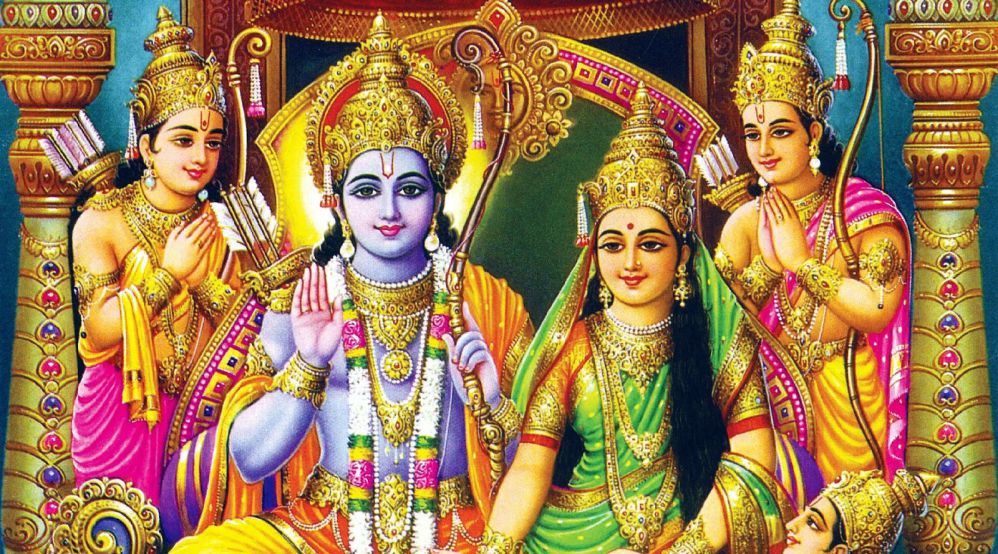

Therein, people saw success not just in terms of prosperity in this world, but also in terms of the spirituality cultivated during one’s journey through this world. The Ramayana depicts a deeply spiritual culture. We need to see the actions of characters in the epics in the light of the prevailing culture and its cherished values. If Rama considered Sita pure, why did he abandon her? Because the ethical dilemma confronting him didn’t seem amenable to any other solution. And that he still considered her pure, so pure in fact that her image could sit next to him in rituals that often required exacting standards of purity. By according this honor to her through her image, he proclaimed that he still considered her his wife. He honored the traditional requirement by making a golden image of Sita and seating it besides him during the sacrifices. When priests pointed out this requirement and exhorted Rama to remarry, he respectfully but firmly refused. And tradition mandated that the sponsor perform such sacrifices with his wife. As a king, he was expected to perform sacrifices meant for his state’s welfare. If Rama had wanted to remarry, he could have justified giving up that pledge on the grounds of religious duty. By keeping that pledge lifelong, Rama showed his respect for Sita, thereby rebutting her accusers. Soon after their marriage, Rama had promised Sita that she would be his only wife.

He refused to remarry because he wanted to honor his word to Sita.


Why did Rama do such a thing? Was he excessively reputation-conscious? Did he abandon Sita just because he didn’t want his good name sullied by having a wife suspected to be impure? But if he had been so obsessed with his reputation, then why did he not remarry after sending Sita away? A king overly concerned about appearances would want a trophy queen by his side being a queen-less king was hardly a reputation-enhancer.Īs a wealthy, powerful emperor, Rama could have married anyone of his choice. A man’s abandoning his pregnant wife because of an unproven accusation seems troublingly wrong. Even now, every peaceful state is called "Ram Raj" (the rule of Rama).Rama’s forsaking Sita is the Ramayana’s most challenged and most challenging incident. Rama became the king and he was among the best rulers of India. Their exile was over and they returned to their kingdom. Rama was victorious in the war and this win united him with his soul-mate, Sita. On his travels he was helped by a group of monkeys.Ī tough battle ensued between the demon army of Ravana and the monkey army of Rama. With his brother Lakshmana, Rama set out to find his wife and kill Ravana. He was a highly-educated Brahmin and had been blessed by Lord Shiva and other gods. With the ulterior motive of seeking revenge, Ravana abducted Sita and held her captive in a vine near to his palace. This insult was too much for her and she ran to her brother, the demon king of Lanka, Ravana. Enraged by her act, Lakshmana cut off her nose. After failing in her attempt, she tried her tricks on Lakshmana. Being the Maryada-Purshottom (the man of values and honour), Rama ignored her totally. One day, a demoness, mesmerised by the personality of Rama, tried to seduce him. Thus began the 14 year long exile of Rama and Sita with Lakshmana in the deep forests of the Indian sub-continent.


 0 kommentar(er)
0 kommentar(er)
